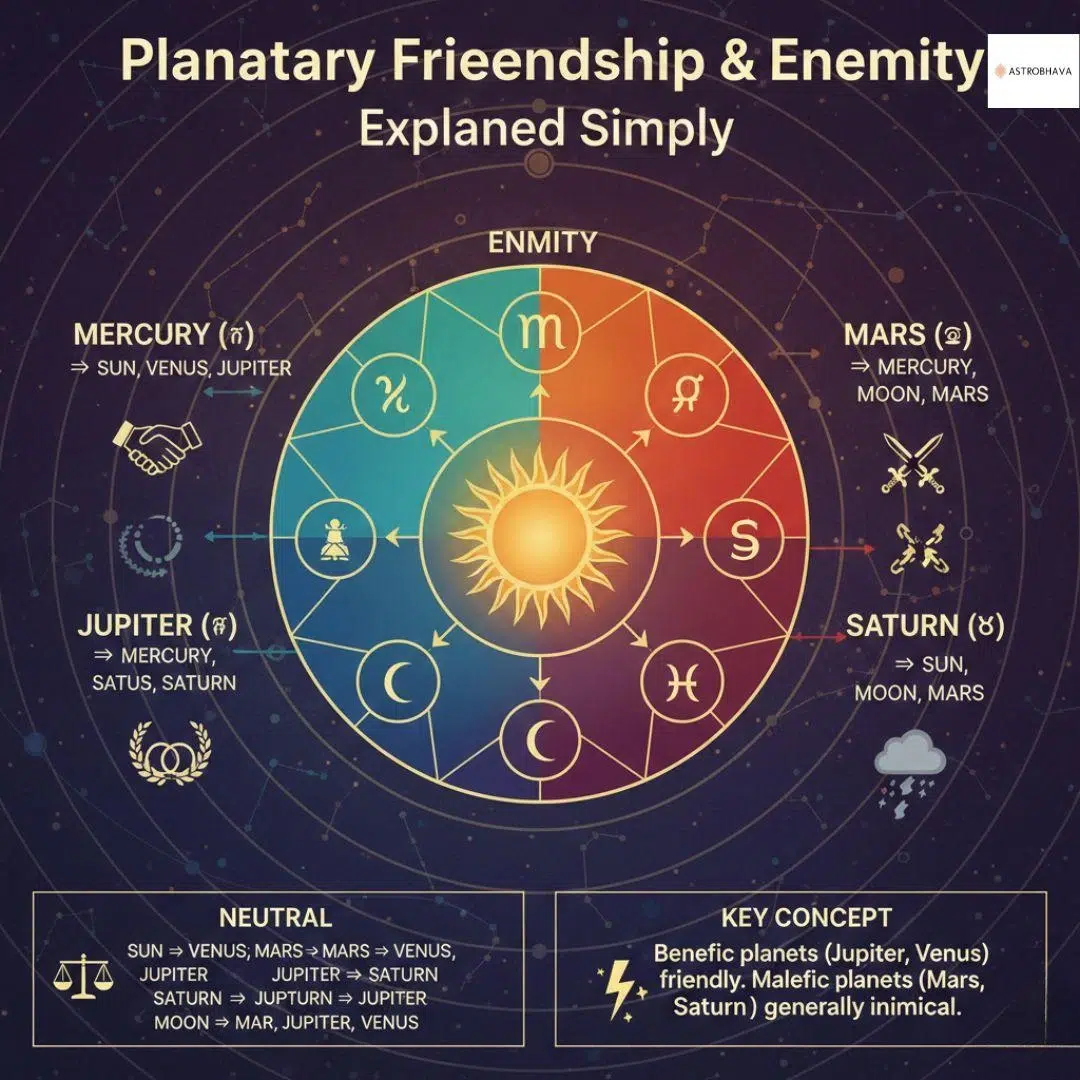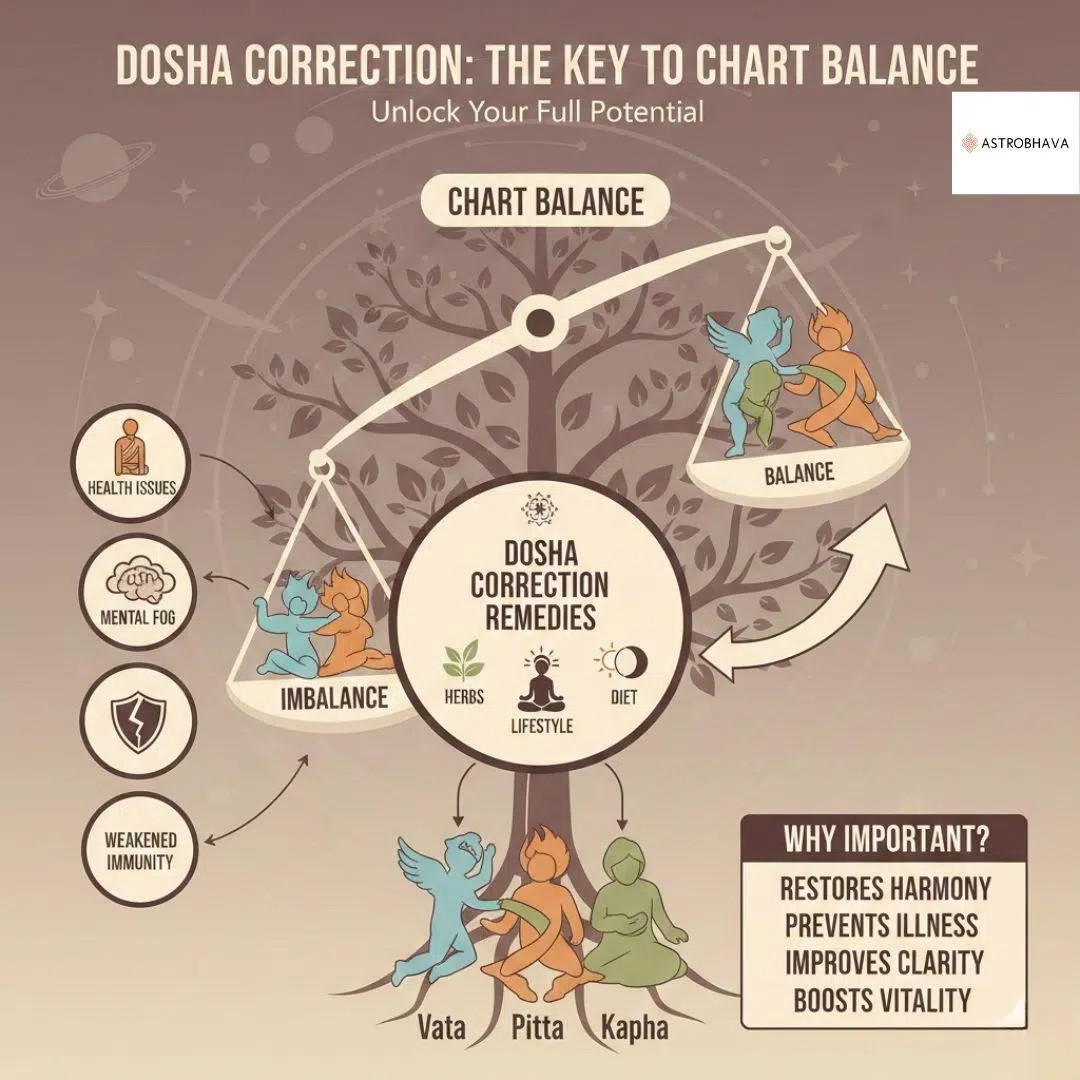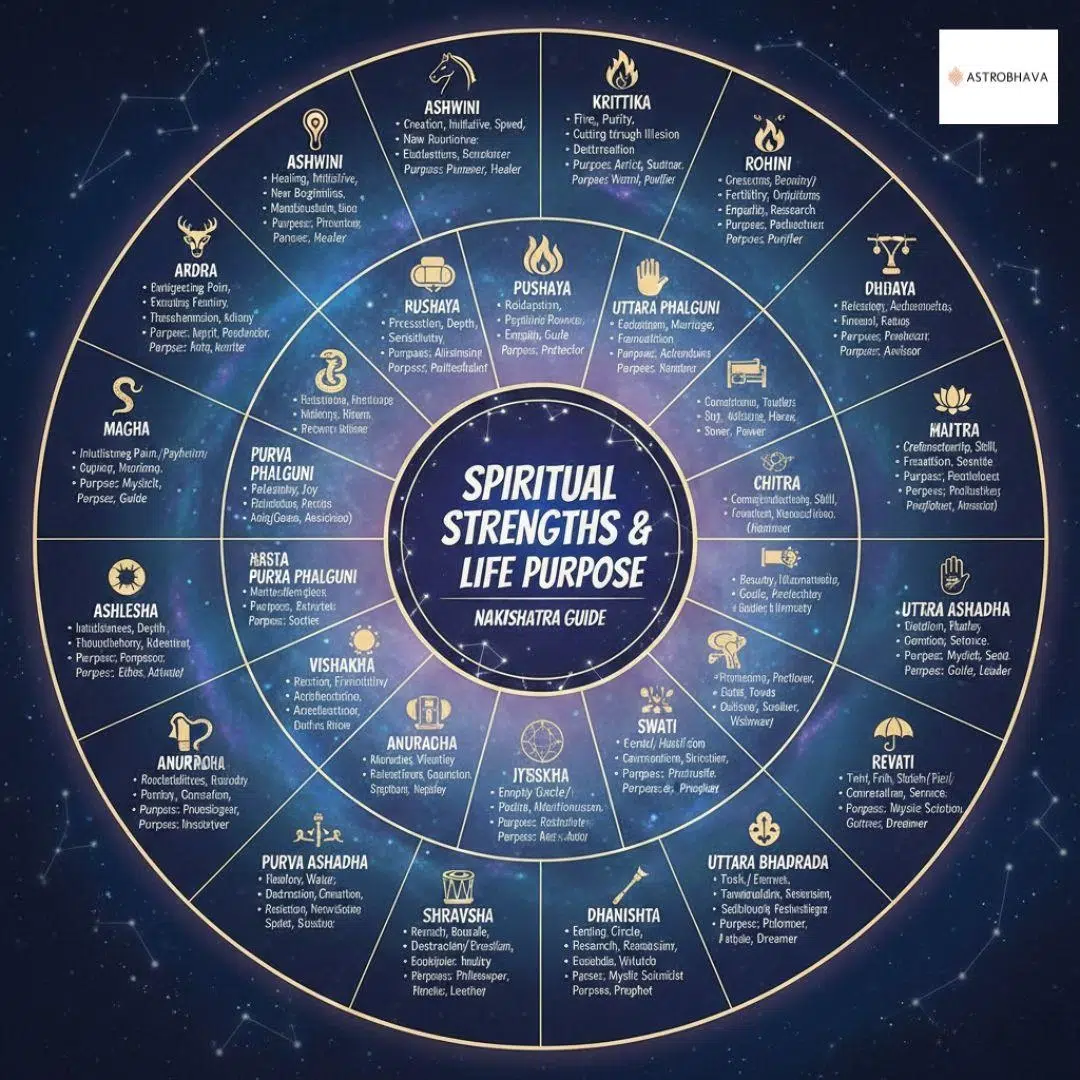Discover the Most Auspicious Times for Pooja at Home: A Vedic Guide by AstroBhava

Auspicious Timing for Poojas: Align Rituals with Cosmic Energies
In the vast and ancient tradition of Vedic rituals, Auspicious Timing for Poojas holds a central role in determining the success and effectiveness of spiritual practices. The alignment of rituals with specific celestial movements and cosmic energies ensures that the prayers resonate with universal forces, amplifying their intended outcomes.
AstroBhava, a trusted platform for Vedic astrology and rituals, emphasizes the importance of choosing the right time, or Muhurtha, for every Pooja. By doing so, individuals can align their actions with cosmic rhythms and enjoy spiritual, emotional, and material benefits.
This guide delves into the significance of Auspicious Timing for Poojas, the astrological elements that influence it, and practical insights into incorporating these timings into daily life for maximum spiritual impact.

The Ancient Significance of Timing in Vedic Rituals
Why Timing Matters in Vedic Cosmology
In Vedic cosmology, every moment is infused with unique energies created by the alignment of celestial bodies such as the Sun, Moon, and planets. Performing rituals during these energetically favorable periods aligns human actions with universal rhythms, ensuring the best possible results.
The sages of ancient India meticulously developed the science of Muhurtha to determine the most propitious times for conducting Poojas and other significant life events. These sages understood that:
- Planetary Energies: Each planet emits specific vibrations that influence earthly events.
- Lunar Cycles: The Moon’s phases (waxing and waning) affect emotional and spiritual energies.
- Nakshatras: The Moon’s position in specific constellations (lunar mansions) can enhance or hinder specific activities.
By performing rituals at the right time, individuals align their prayers with these cosmic forces, creating a synergy that enhances spiritual and material benefits.
Key Elements Influencing Auspicious Timing for Poojas
Understanding the components of Vedic timing helps practitioners plan their Poojas effectively. Here are the key elements that determine auspicious moments:
1. Muhurtha
A Muhurtha is a specific time period deemed most favorable for a particular activity. These periods are calculated using the Panchang (Vedic calendar), which considers the positions of celestial bodies and other astrological factors.
2. Tithi (Lunar Day)
Each lunar day, or Tithi, carries unique energies that influence the success of rituals. For example:
- Purnima (Full Moon): Ideal for prosperity rituals such as Lakshmi Pooja.
- Amavasya (New Moon): Best for ancestral prayers and clearing negative energies.
- Ekadashi: Highly auspicious for Vishnu Pooja and fasting rituals.
3. Nakshatra (Lunar Mansion)
The 27 Nakshatras (lunar mansions) influence the energy of each day. Examples include:
- Pushya Nakshatra: Universally favorable for all rituals.
- Rohini Nakshatra: Excellent for rituals seeking abundance and growth.
- Ashwini Nakshatra: Best for health and healing ceremonies.
4. Weekday Planetary Rulership
Each day is ruled by a planet, influencing the nature of the day:
- Monday: Ruled by the Moon, suitable for Shiva Pooja.
- Thursday: Ruled by Jupiter, ideal for seeking wisdom and prosperity.
- Saturday: Ruled by Saturn, perfect for Navagraha Pooja and karmic resolutions.
5. Time of Day
- Brahma Muhurtha (Pre-Dawn Hours): Considered the most sacred time for spiritual activities, as it aligns with universal stillness.
- Rahu Kaal: An inauspicious period during which major rituals should be avoided.
Tools for Identifying Auspicious Times
1. Panchang: Your Celestial Calendar
A Panchang is a detailed Vedic calendar that provides essential information about:
- Tithi (Lunar Day)
- Nakshatra (Lunar Mansion)
- Yoga and Karana (Astrological Yogas)
- Rahu Kaal and other inauspicious periods
By referring to the Panchang, practitioners can plan their Poojas at the most favorable times, ensuring alignment with cosmic energies.
2. AstroBhava’s Muhurtha Services
AstroBhava provides expert astrologers who offer:
- Personalized Muhurthas: Tailored to your birth chart and specific ritual.
- Comprehensive Analysis: Evaluating planetary transits and Nakshatras to refine timings.
- Practical Guidance: Ensuring every aspect of the ritual aligns with universal forces.
Popular Poojas and Their Ideal Timings
Here are examples of popular Poojas and the recommended timings to perform them for maximum efficacy:
- Ganapati Pooja
- Purpose: Removing obstacles and ensuring success.
- Ideal Timing: Chaturthi Tithi and Brahma Muhurtha.
- Lakshmi Pooja
- Purpose: Invoking wealth and prosperity.
- Ideal Timing: Fridays, Purnima, and during Pushya Nakshatra.
- Navagraha Pooja
- Purpose: Balancing planetary influences for harmony.
- Ideal Timing: Saturdays or Nakshatras associated with afflicted planets.
- Durga Pooja
- Purpose: Seeking protection and empowerment.
- Ideal Timing: Ashtami Tithi and Tuesdays.
Incorporating Auspicious Timing into Daily Life
1. Daily Spiritual Practices
Even simple practices, such as lighting a lamp or chanting a mantra, can be made more powerful by aligning with auspicious times:
- Sunrise: Ideal for offering prayers and expressing gratitude.
- Brahma Muhurtha: Perfect for meditation and chanting.
2. Preparation for Poojas
- Cleanse the Environment: Ensure the ritual space is clean and spiritually conducive.
- Set Intentions: Meditate on the purpose of the ritual.
- Consult AstroBhava: For personalized recommendations and accurate Muhurtha calculations.
3. Scheduling Rituals
- Mark important dates from the Panchang or consult AstroBhava experts.
- Avoid inauspicious periods such as Rahu Kaal and Gulika Kaal.
AstroBhava’s Expertise in Aligning Rituals with Cosmic Energies
AstroBhava simplifies the process of aligning with Auspicious Timing for Poojas, offering services that ensure every ritual resonates with universal forces. Here’s how AstroBhava can help:
- Tailored Guidance: Get personalized Muhurtha recommendations for your specific needs.
- Live Consultations: Discuss your questions with expert astrologers in real-time.
- Online Resources: Access Panchang updates and Vedic insights directly on the AstroBhava platform.
Success Stories: Impact of Auspicious Timing
Case Study 1: Financial Growth
A family facing financial instability performed a Lakshmi Pooja during Pushya Nakshatra. They reported an influx of opportunities and a renewed sense of abundance.
Case Study 2: Career Breakthrough
An entrepreneur performed Ganapati Pooja during Chaturthi Tithi, resulting in new partnerships and significant business growth.
Case Study 3: Emotional Healing
A woman performed Shiva Pooja during Pradosha Kala and experienced mental clarity, emotional peace, and resilience in facing challenges.
Conclusion: Empower Your Rituals with Auspicious Timing
The ancient wisdom of aligning rituals with Auspicious Timing for Poojas offers a powerful way to deepen your connection with cosmic energies. By performing Poojas during favorable moments, individuals can unlock their full spiritual potential and achieve harmony in life.
AstroBhava’s expert guidance ensures every ritual is conducted at the right time, maximizing its benefits. Whether you’re planning a simple Pooja or a grand ceremony, trust AstroBhava to align your spiritual practices with the cosmos.
FAQs
1. What is the significance of Muhurtha in Vedic rituals?
Muhurtha refers to the most auspicious time to perform a specific ritual, ensuring alignment with universal energies.
2. How does AstroBhava calculate auspicious times for Poojas?
AstroBhava combines Vedic astrology and Panchang analysis to identify personalized Muhurthas for rituals.
3. Can rituals performed at the wrong time have adverse effects?
While not harmful, rituals performed outside auspicious times may lack the intended spiritual potency.
4. How can I check Rahu Kaal for my location?
AstroBhava’s online tools and consultations can help you identify Rahu Kaal and other inauspicious periods.
5. Is it necessary to perform all Poojas at Brahma Muhurtha?
While Brahma Muhurtha is ideal, the timing depends on the specific ritual and the deity being invoked. Consult AstroBhava for personalized advice.
External Resource: Learn more about live-streamed rituals on AstroBhava’s YouTube Channel.
Categories
- accurate astrology readings
- Astrobhava
- Astrobhava astrology
- astrological guidance
- astrological planets
- Astrological Remedies
- astrology
- astrology basics
- Astrology Guides
- astrology remedies
- Astrology Remedies for Wellness
- astrology solutions
- birth chart analysis
- Career Astrology & Personal Growth
- Cosmology
- Dasha
- dosha
- Ekadashi rituals
- Ekadashi vrat
- Festivals & Vedic Rituals
- Homa and Fire Rituals (Yagna)
- horoscope remedies
- janma nakshatra effects
- Japa
- mahadasha effects
- Mahadasha remedies
- Mantra
- Mercury in astrology
- nadi astrology
- Nakshatra 2026 astrology
- nakshatras
- numerology
- Pilgrimage
- planetary remedies
- planets houses
- Progency
- Puja & Rituals
- Relationships
- rudra puja
- Rudraksha and gemstone
- shani remedies
- Spiritual Astrology
- Spiritual Practices and Chanting
- Spiritual Rituals and Personal Empowerment
- Spiritual Tools & Personal Growth
- Spiritual Wellness and Protection
- Spirituality and Rituals
- Spirituality or Vedic Rituals
- Vastu Tips
- Vedic Astrology
- yantras
- Zodiac Signs










